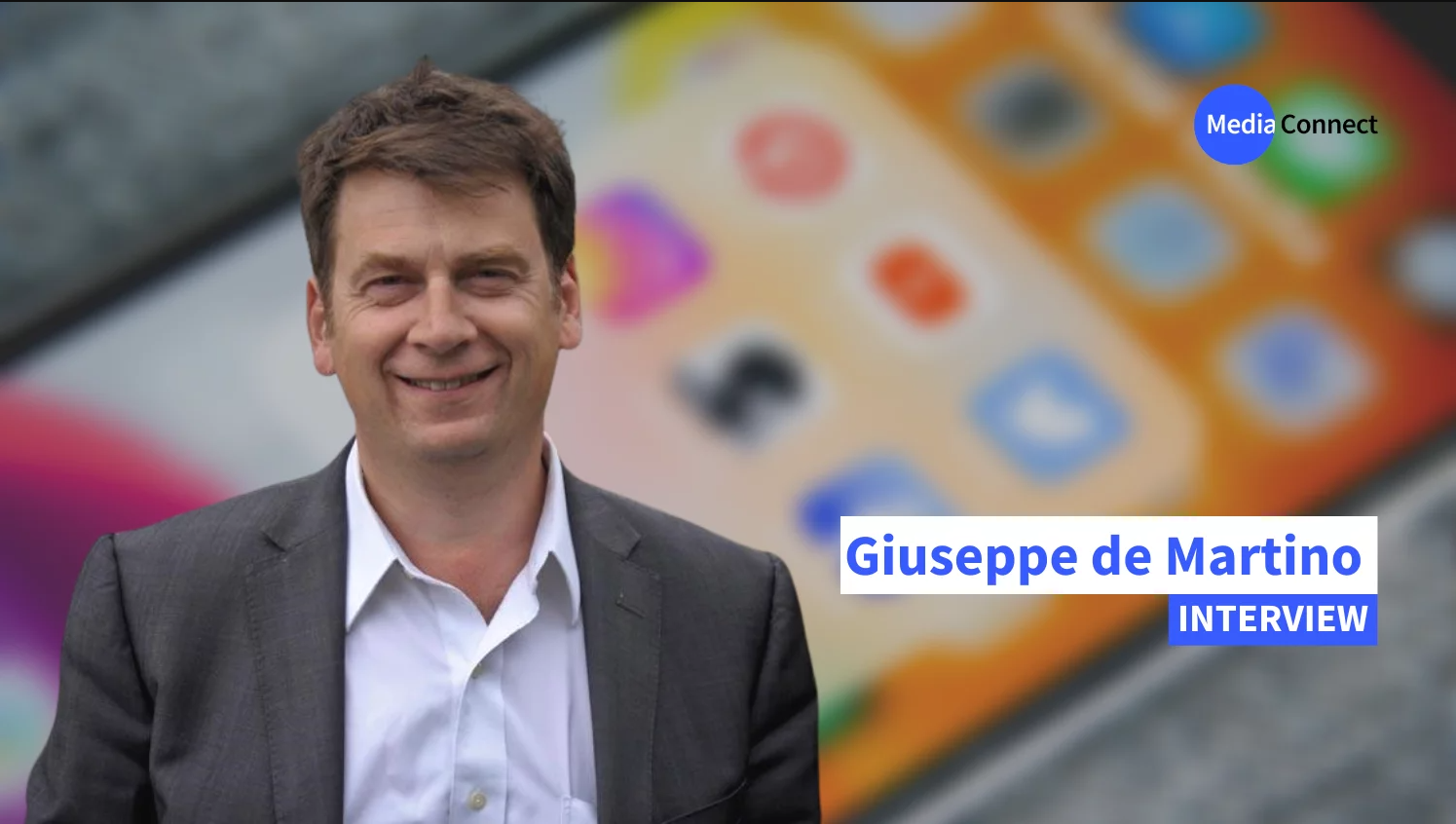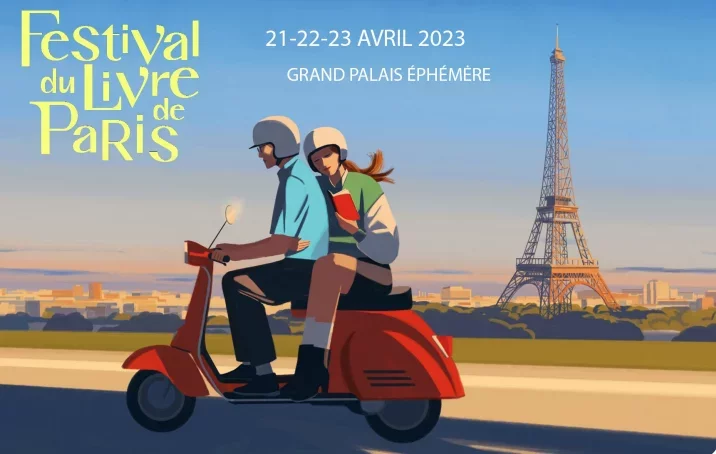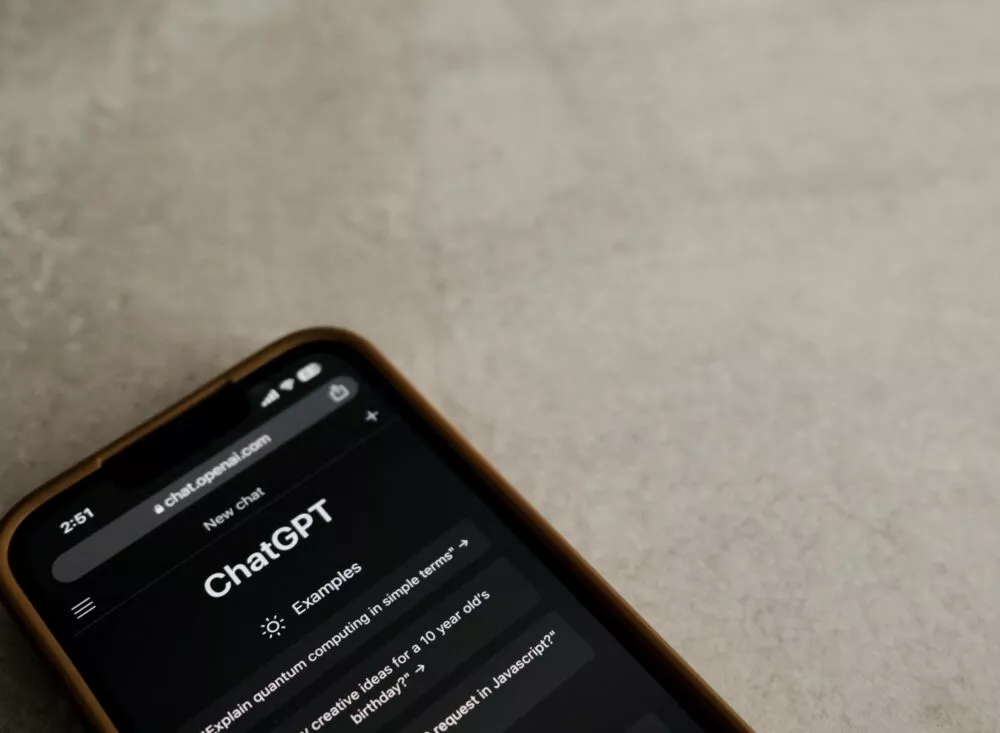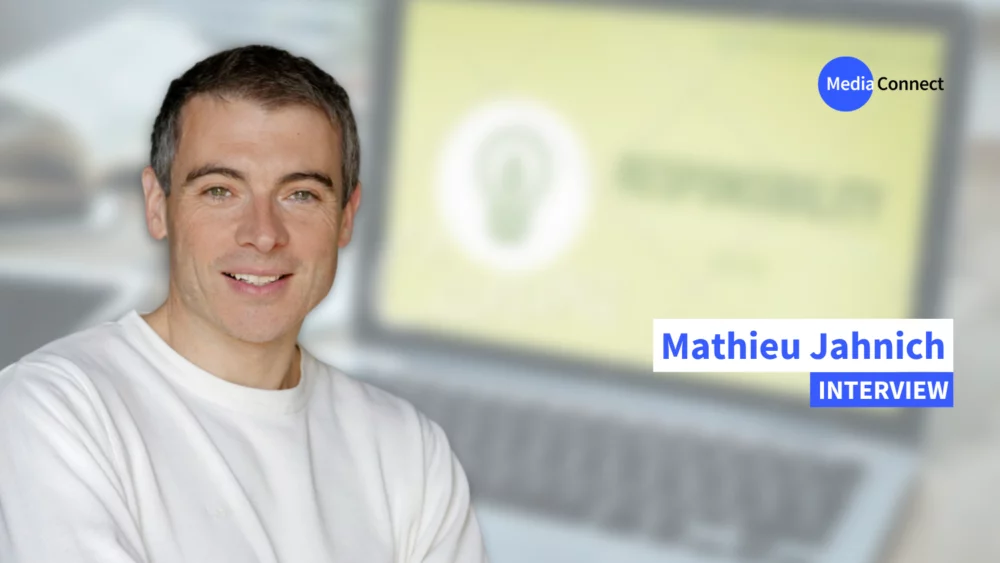When we launched Loopsider in 2018, we wanted to be as close as possible to the conversation. And today, it’s official—the conversation happens on social networks. We wanted to prove that social networks were not only about makeup tutorials and dogs on skateboards. We wanted to carry the idea that by communicating quality information, we could attract an audience of all ages. Because some often mistakenly think social media is only for acne-faced teenagers, while user types vary depending on the platform. So, with Loopsider, thanks to technical mastery, we wanted to be able to get as close as possible to the wishes of our communities, always trying to bring them closer together.
We did choose advertising, but only via brand content. We don’t believe in the ad break model, meaning those ad insertions within videos sold by platforms themselves, because we find them too intrusive within content. Also, ad breaks don’t give access to fill rates, platform rates, or the advertisers themselves. So, we put that aside in favor of brand content. To remind you, this involves co-creating messages with advertisers to focus on a problem or question likely to interest our communities. For example, with brands telling their stories like "Zippo" or "La Vache Qui Rit" from the Bel group, we shed light for the public who understand the interests behind the information. This co-production model answers our curiosity and inspiration challenge, our concern to tell a story that will hold our audience’s attention.
We also don’t believe in paid subscriptions because we think those who pay to access information are a minority already convinced of the need to stay informed. And precisely, we wanted to reach those who no longer believed in traditional media information, those on social networks—we wanted to capture them by offering information or ideas likely to inspire curiosity.
Yes, for us, it is indeed a magical alternative. It is thanks to brand content that we exist today at Loopsider, and thanks to it that we are able to grow. We think brand content is a good way to sustain the economic model of media, at least for pure players on social networks. For these online video media, other economic models like paid subscriptions or ad breaks are either not suitable or poorly remunerated. Regarding traditional media, I have no advice except to diversify and explore new avenues rather than hoping to maintain public subsidies, neighboring rights, or billionaire patronage that keep them afloat.
There is an important caveat: the advertising market for brand content evolves slowly. We have talked about brand content for 20 years, but over the years, we realize that brand content campaigns don’t multiply exponentially. To increase the average basket, advertisers' and brand content agencies' appetite, there needs to be a generational shift in mindset to understand that the French spend more time reacting on social networks than passively watching TV.
Why does it take time if, by your account, brand content is a remunerative practice? Would you say brand content is a taboo subject for some media?
It’s necessary to distinguish between opaque advertorials and brand content, which transparently mentions the financial participation of a brand in content production and, like purely editorial content, aims to spark curiosity. The public is informed when an advertiser, merchant, or partner has contributed. Before clicking, users know they are going to see content produced thanks to third-party financial support, and we do this upfront, transparently.
Since brand content campaigns depend on agreements with our partners, we cannot predict in advance how much content will be produced. But on average over the year, brand content represents about 1 video out of 6, depending on the projects.
At Loopsider, what is the revenue split between brand content and platform remuneration?
98% comes from brand content and only 2% from platforms.
Isn't brand content, producing content for brands, incompatible with journalism?
We don’t think so, quite the opposite! In both cases, we need to tell a story, spark interest, awaken the mind, and make people want to go further. Whether editorial or brand content, the content is produced by the same journalists and with the same technological tools. The idea remains to make an impact, encourage people to stop scrolling on social networks and take time to understand the message, story, or profile we want to share.
You also offer white-label content production. Why this service?
We offer several services. White-label videos are distributed by our partners on their websites or social media, and under their name by definition. But what we do is media production on behalf of third parties. We do this for large brands like Carrefour. For example, the company Veolia has an Instagram account with 100,000 followers focusing on environmental issues. Our dedicated journalists, experts in the subject, produce content under the Veolia brand but with Loopsider’s touch, tools, science, and technology.
In 2018, you spoke about press groups interested in acquiring Loopsider, which you refused then, saying you were only “halfway through the journey.” Five years later, Daniel Kretinsky's CMI France group acquired 45% of Loopsider shares. Why?
This partnership allows us to multiply content production, which has a remunerative aspect. Today, when you see content from Elle or Télé 7 Jours on social media, there is a good chance journalists from Loopsider are behind it. Also, partnering with a group like CMI allows us to continue developing and pursuing our ambitions with our communities.
To return to your travel metaphor, do you feel you’ve reached your destination?
No, this sale of shares was really a way for us to continue growing. As I mentioned, part of this partnership with CMI involves producing content for their media.
By Alix Fortin








